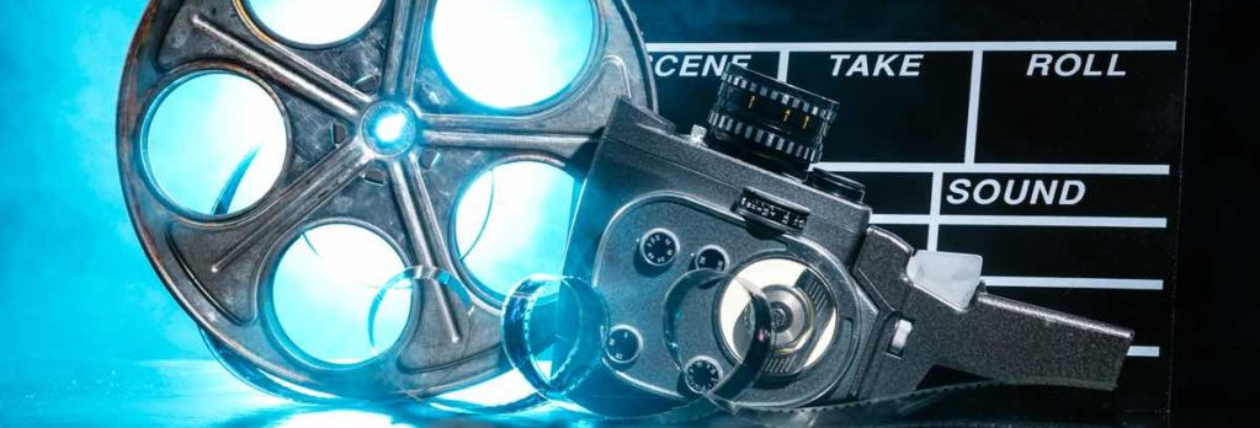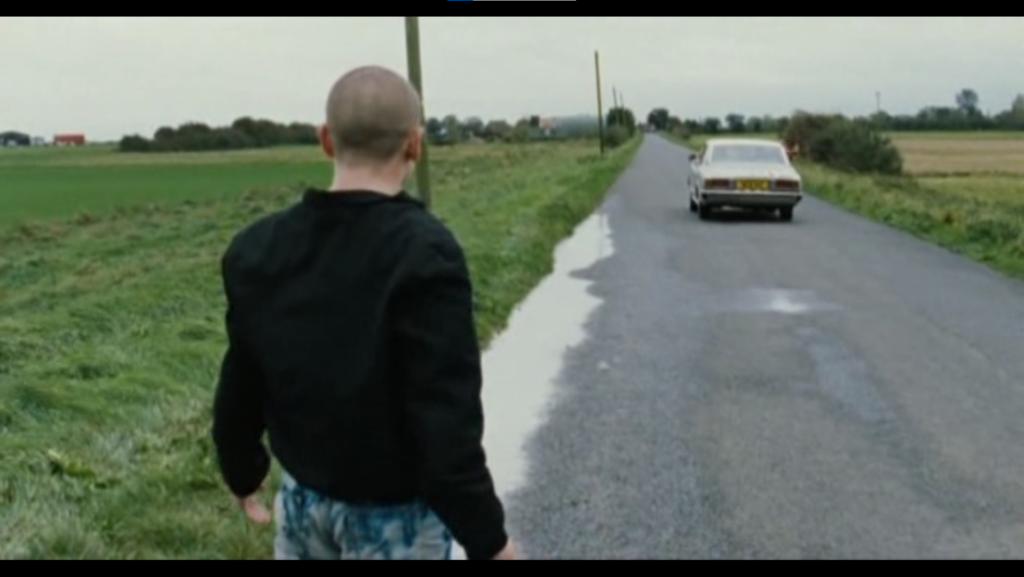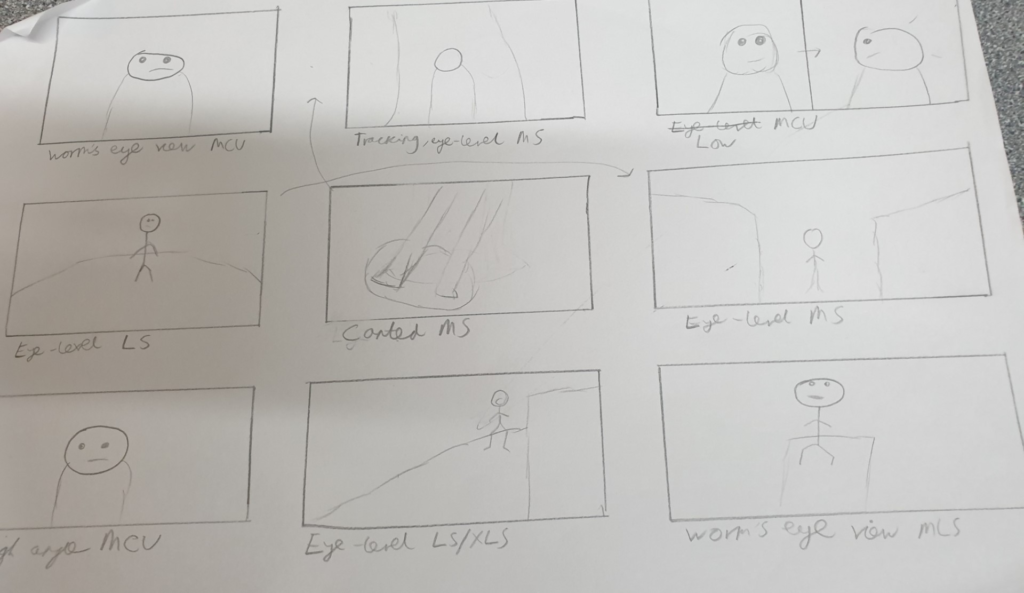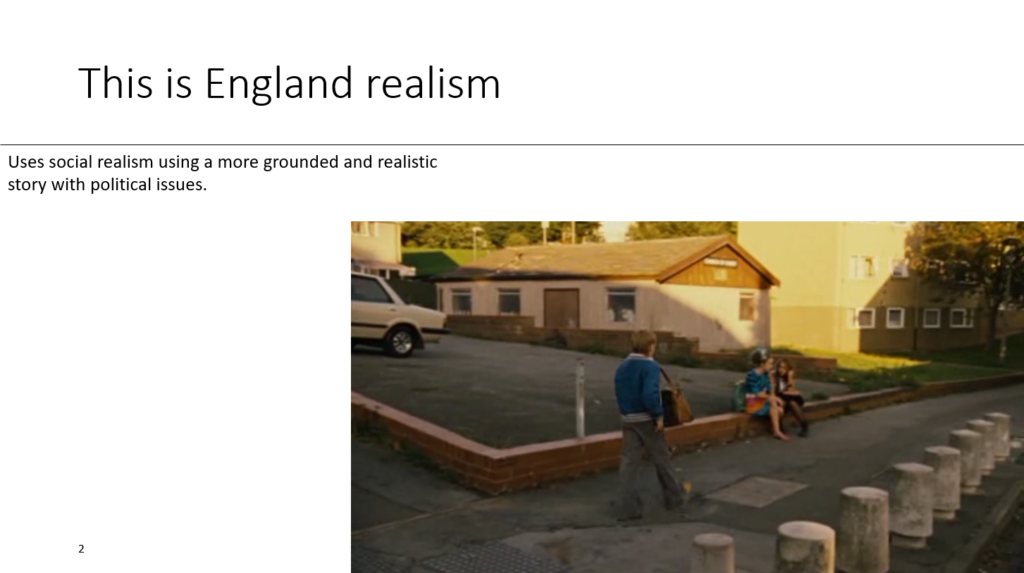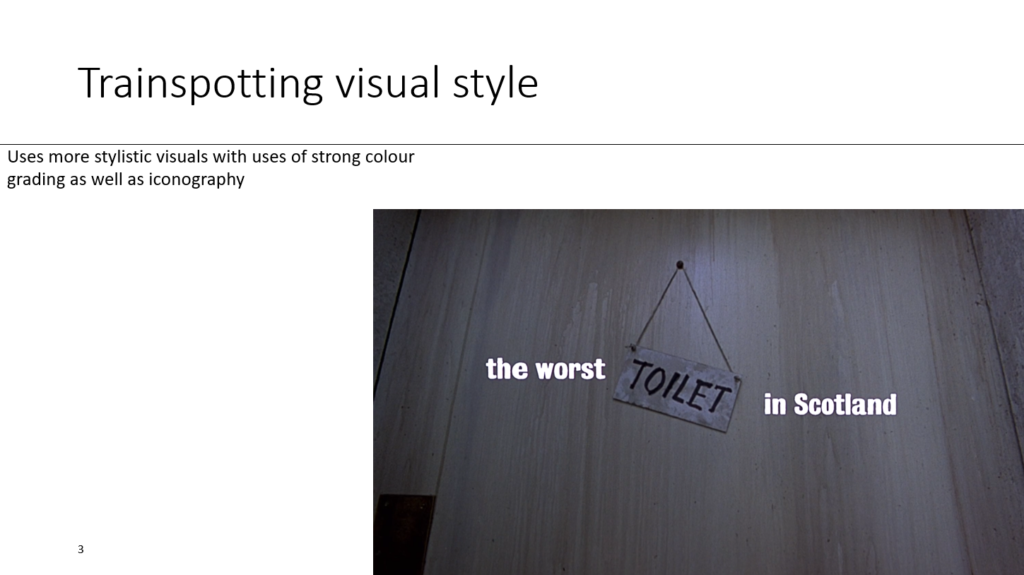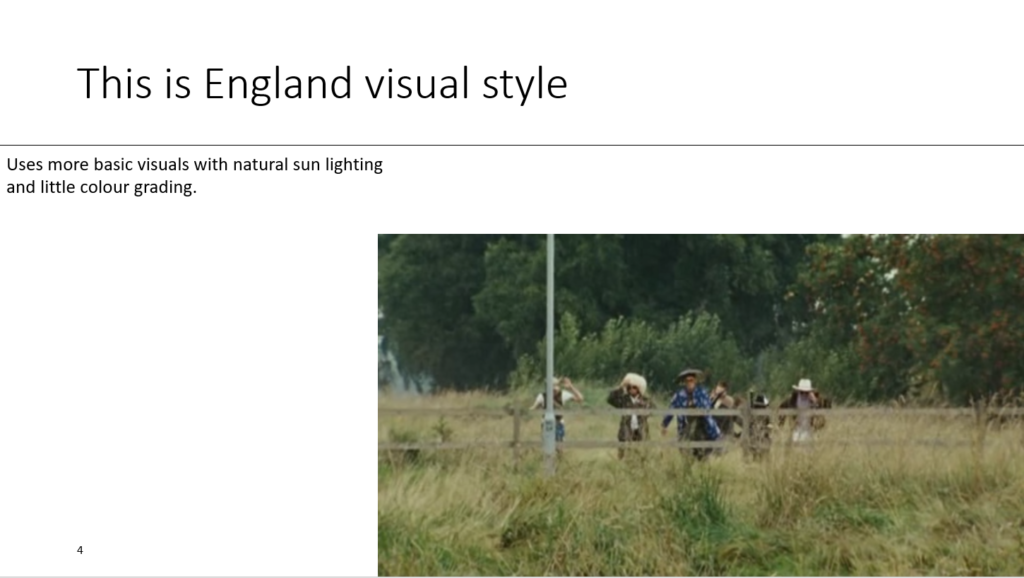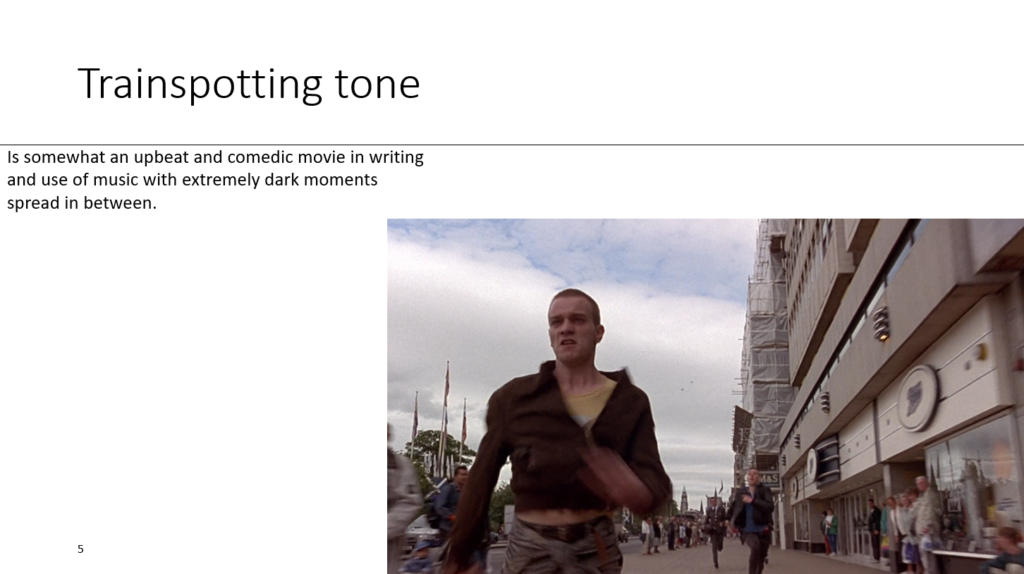Young People:
In trainspotting young people are mostly represented as people who do not care about life, this is shown with spud, who gets high for a job interview, so he does not get it

older people:
older people are portrayed as more responsible, wise and knowledgeable then younger people, we see this with rentons parents who attempt to help him get off drugs


women: Women in the film are shown to break the stereotype of men being higher, this is shown with diane who has the upper hand on renton and threatens to call the police on him.

men: men in the movie are shown as very stereotypical, this can be seen with begbie who is an overly aggressive and masculine person

addicts: the film gives a sympathetic view to addicts, highlighting how hard it is to quit drugs when you’re reliant on them, we can see this when the baby dies, showing how drugs have negatively affected renton, but he still struggles to quit
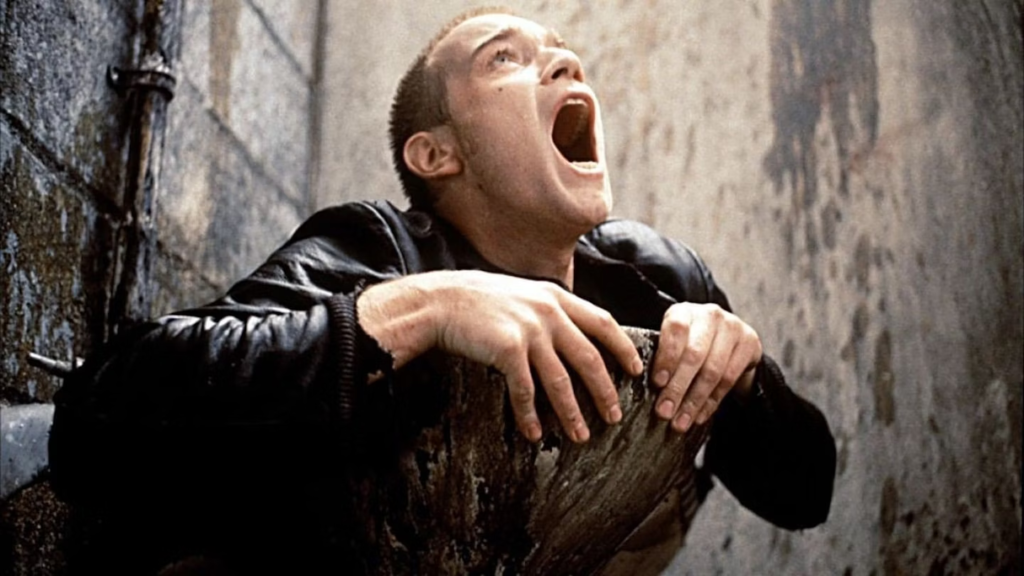

scottish people: scottish people are shown as lower class then english people, renton also yaps about hating being scottish, and he moves to england to seek better oppurtunities

